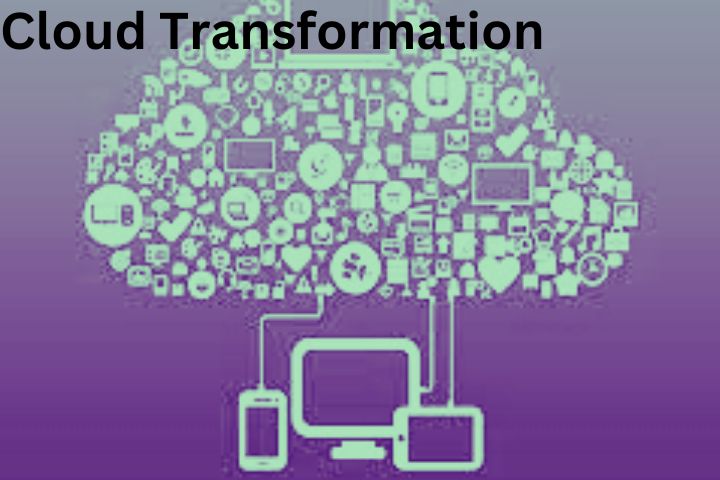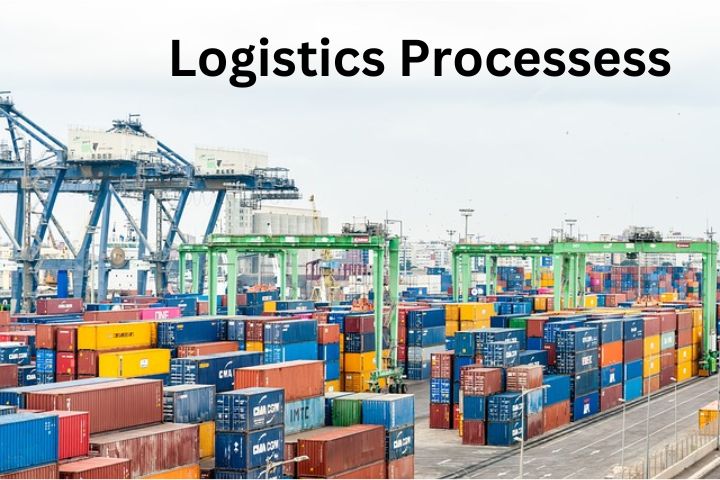
Artificial Intelligence
Artificial Intelligence (AI) hasmade enormous progressin recentyears and is being used in more and more areas,frommedical diagnostics to controlling cars. Theapplicationexamplesof AI are diverse; meanwhile, AI tools have become an integral part of our everyday life. However, as with any technology, artificial intelligence hasadvantagesanddisadvantagesthatmust be considered.
Artificial intelligence: the advantages
- The most crucial advantage of robots in the workplace is thecost factor. Robots are much cheaper than human labour, and costs are falling.
- It’s a fact that we can’t comparehuman skills with robots, but robot skills are growing fast.
- Robots aremore precise than humans: they don’t tremble like human hands. Robots have smaller and more versatile moving parts, which are helpful for more accurate tasks.
- There is no doubt that robots are significantlymore robust and fasterthan humans.
- Robots come in all shapes and sizes depending on the needs of the task.
- Robots can work anywhere andin any environmental condition, whether in space, underwater, extreme heat or in the wind. And they can be used wherever human safety is at risk.
- A human programs robots; they can say no to nothing and be used fordangerous and unpleasant work. For example, many robotic probes have been sent into space but have never returned.
- Robots in warfareare saving more livesand have since proven very successful.
- Robots are used today in the chemical industry and can, for example, combat chemical accidents in a nuclear power plant, which pose a significanthealth risk.
- The best thing about robots is that theyalways stay energizedand can work 24/7 on specific tasks without errors. On the other hand, the human brain becomes sleepy when working continuously.
Artificial Intelligence: The Disadvantages
- Where robots increase efficiency in many companies, they also increase theunemployment rate. Human labour is no longer required in many factories and production facilities due to robots.
- While robots can perform their prescribed tasks, they typically cannot handleunexpected situations.
- Your company’s ROI can suffer if your operation relies on too many robots.You have highercoststhan people, and you can only sometimes get the ROI you want.
- Robots haveAI, but humans are more intelligent than they are. They can never improve their work outside of predefined programming because theycan’t think independently.
- Robots installed in workplaces still requirehuman guidance. The training of employees is associated with costs.
- Robots have nosense of emotionor conscience. They lack empathy, and this leads to an emotionless workplace.
- Robots work based on information fed to them via a chip. If something goes wrong, the entire company bears the loss.
- On the other hand, where a robot saves time, there can also be delays. It is, after all, a machine not to expect too much from. If a robot breaks down, you need much time for repair orreprogramming.
- Ultimately, if robots do all the work and humans sit and monitor them,health riskswould increase rapidly.
Nowadays, we can only work with machines. However, humans are still considered to be far moreefficient than robotswhen it comes to:
- Decision making,
- dealing with difficult situations,
- brainstorm and
- bringing emotion and empathy to the workplace.
The use of robots will bring moretechnological advances and profitsto specific industries. However, according to research, robots have neither intelligence nor cleverness.
Until robots cannot reachhuman intelligenceor rationalize the situation, humans will play an essential role in every workplace. No machine can replace thehuman factor.









